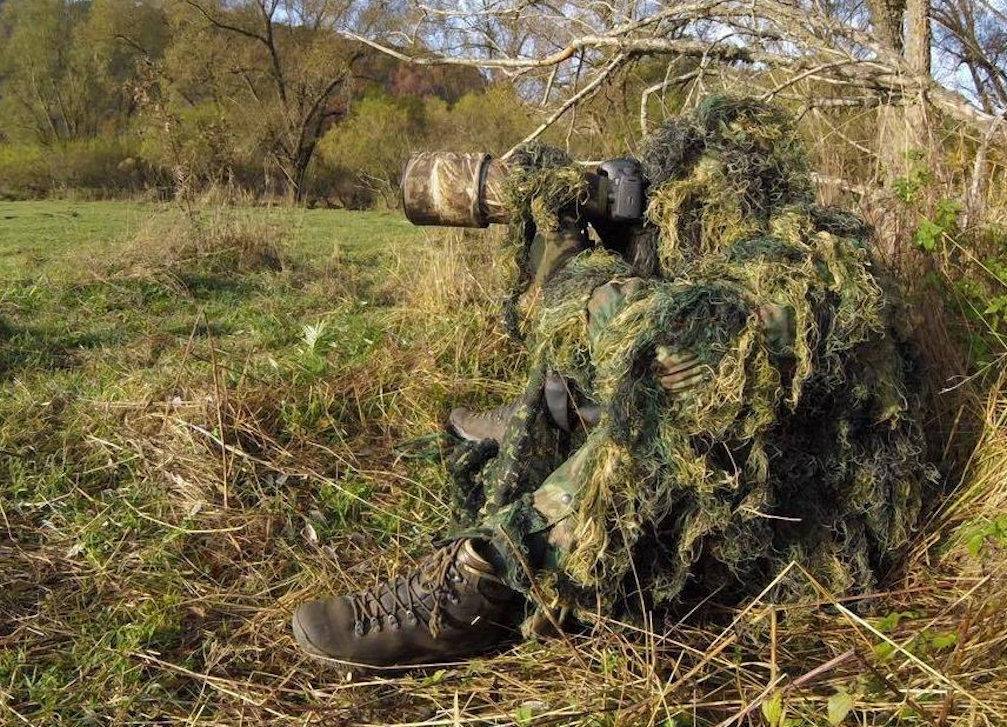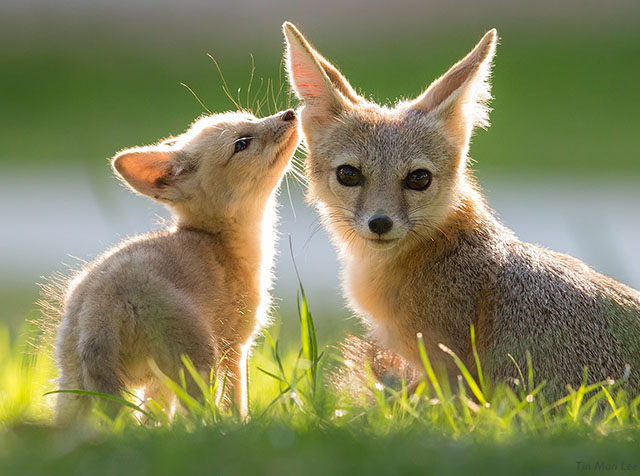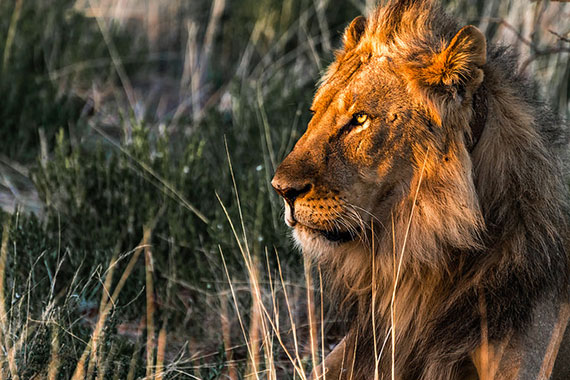What is Wildlife Photography ?: Instincts to Develop, Career Prospects, Best Camera and Tips
After discussing about Landscape Photography, now is the time to do different stuff! Today, I am going to cover one of the most challenging types of photography! Yes, wildlife photography.
What is Wildlife Photography?
When you are out and close to wildlife to take the photographs, you are a wildlife photographer.
Your models are going to be animals and hence your task is going to be super tough. Also, by now, you should be having ample of techniques in which you will be able to compose the best image and cover the exposure pretty well. The animals that are easy to approach are easy to photograph too. But those who are dangerous, wild and unapproachable would need you to have telephoto lens in your camera. For passionate wildlife photographer, any camera will do well. But to make things easy and highly approachable, DSLR camera or mirrorless camera would be the best idea.

Instincts that wildlife photographer should develop
You have to be a nature lover if you have selected this outdoor form of photography! Also, a few more qualities and instincts will always help you to understand, discover, smell, feel and take the shot. I have a friend, who is into this. I often talk to him about how tough it would be to deal with the ferocious models. I remember him saying that “we should respect the wild models”. He is actually true in what he said! With my frequent conversation with him, I came to a conclusion that a wildlife photographer should develop these instincts over a period of time.
Develop the instinct to know when to be quiet
Just like we have our timings, the same holds true with the animals as well. So, you should learn these things with the continuous exposure to animals. If you are new in this field then make sure that you move around with the guide who knows every nook of the wild. But, over a period of time, you should start realizing that which is an ideal time to shot and which is the time to keep mum.
Develop immense patience
If you want to be a successful wildlife photographer then you should develop patience within you. Learning will take time and so you have to live in the same place for months and understand the habitat, the residents of the habitat and a lot more. Initially, in your career guided tours to wildlife safari will be a great idea. This will be a great idea if you want to play safe.
Learn other aspects of photography, even when you couldn’t take a shot
When you are out to explore and waiting for hours on a place where perch of birds are expected. But sadly, they didn’t turn up. At such times, don’t waste your time brooding! You should frame the shot well and learn about the other aspects of photography. If you have learned something then you will not feel that your time has been wasted.
Cameras that are best for wildlife photography
Like I said before; any good camera would suffice for wildlife photography but having a DSLR or mirrorless camera would be great. Here, I recommend a few technically good cameras which are best for wildlife photography.
- Nikon D500 DX-Format Digital SLR.
- Nikon D5 20.8 MP FX-Format Digital SLR.
- Canon EOS-1DX Mark II DSLR Camera.
- Canon EOS 5D Mark IV Full Frame Digital SLR.
- Sony a99II 42.4MP Digital SLR Camera.
- Canon EOS 7D Mark II Digital SLR.
- Nikon D7200 DX-format DSLR.
I like the above cameras. But there are a lot more. You can make the selection as per your wish.
What makes a camera perfect for wildlife photography?
Since wildlife photography is one of the most challenging areas you have to use the camera that would help you to get the best shot. So, here are some of the factors you need to keep in mind while selecting the camera for the task.
Sensor Size
A camera that has high quality sensor size would be ideal for wildlife because this is the way you will get best image quality. Like, you can go very close to your subject without physically moving and get the best quality picture.
Zoom lens
The camera should be using zoom lens because often you might come across the quick decision times and at such moments, zoom camera can be your best comrade.
Autofocus performance
Your camera should be exceptional in terms of autofocus performance. This is because you will have to deal with best quality images often in fast speeds. So, you should be able to focus perfectly.
Frames per second
The animals can’t stay still for long and when they are on the movement, often they have good speed. It would be good if the camera has higher frames per second. This will assist you under speedy situations.
ISO
Since, you will face lighting issues, tough weather conditions and many such challenges, you should have the camera that has high ISO. This means that even under low lighting conditions, performing the tasks and clicking the shots will be possible.
Camera physicality
Now, let’s talk about the weight of the camera. It should be comfortable for the photographer. If you can find a lightweight and portable camera then it would surely be a boon for your wildlife photography. The camera and the lenses that you choose should work under rough and tough conditions as well. Apart from that, they should be weather sealed so that you don’t face any technical interruptions. Make a smart choice so that you can easily carry the camera along while treading the tough path.
Click the images of wild like the world’s best photographer
There are many good wildlife photographers, but I remember one name which I had read a couple of years back. Martin bailey, he is a professional nature and wildlife photographer. He was born in England, but now he resides in Tokyo. He was also included in the 30 most influential photographers of the decade. You can check his work of art on his site as mentioned. Then other names include Frans Lanting, Bence Mate, Rathika Ramaswamy and so on.
Let me share some amazing wildlife photography images with you



Best 4 tips of enhancing your wildlife photography skills
1. Use the best accessories for wildlife photography
If you are looking forward for good images then you should use the best tripod so that there would be no shaky images. With a good tripod the camera will stay steady and you cannot have insecurity of blurry image. Of course, a good camera bag, filters and spare batteries and binoculars would also be needed.
2. Know your subject
When you are looking forward to click your subject, you will have to know your subject or the specie pretty well. If you know what would be the best time to click a shot of your subject then you will win half the race. You will have to practice a bit with the surroundings. When you know the specie has already arrived, take a few shots quickly and with complete mindfulness.
3. Use golden hours for wildlife photography
For wildlife photography you will have to rely on the golden hours of the day. Just check out which would be the best time with natural lights to click the specie. You will have to dedicatedly work towards getting the right shot!
4. Compose the picture well
You as a photographer should generally learn, how to compose the image well. Once you learn this, you will be able to come up with the perfect photograph. Remember, if your image is well composed then it will look attractive and would surely seek ample of attention.
Who all are your right clients for wildlife photography?
When I did not know much about wildlife photography I always thought why people should take up wildlife photography. I mean, who would buy such photos. Well, now I know that there is a class who love to keep pictures of wild in their homes, specific art galleries etc. There are magazines who would want to publish good wild life pictures in their magazines. There are interior designers who would want these images. There would be new zoos or animal theme parks who may need such images. So, the market for wildlife photography is wide and so if you do your work dedicatedly, you will come to know about the real potential.
Camera settings as ideal for wildlife photography
- Hide the auto focus mode
- In My Menu, use Frequently used settings
- Set up and use custom functions buttons
- Set multi selector button to zoom on image playback
- Keep it on continuous high
Note: The above settings are in my best knowledge. However, things are subjective and every artist should use his own potential and experimentation. This will enable the photographer to realize what works best for him.
Conclusion
So, friends, are you happy with the above read? I am sure you know a lot about wildlife photography now. I would also appreciate if you share your views right here in comments section.